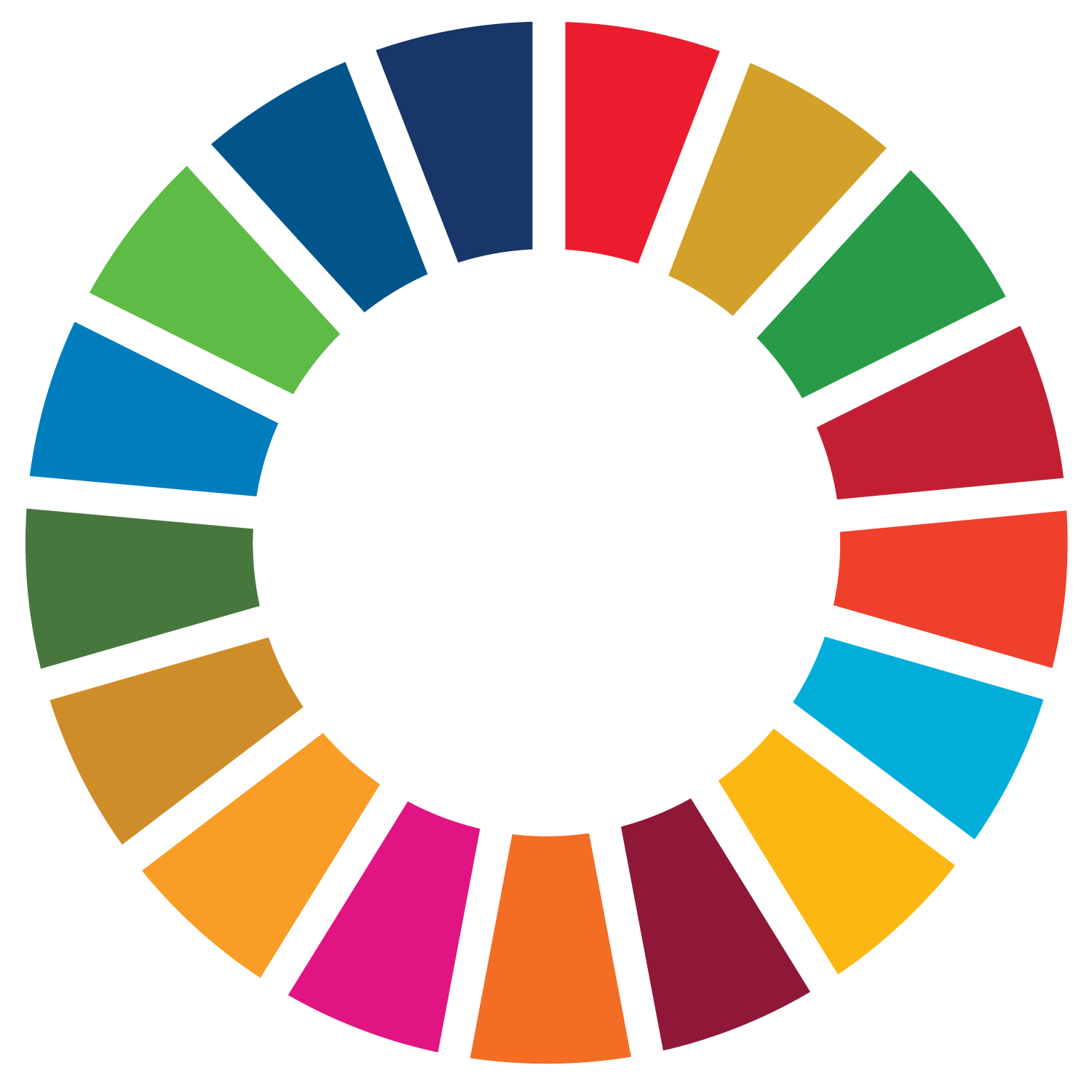Photo: Small reservoir on slopes of Mt Kenya forming part of Karatina town water supply ©Joakim Harlin
Author: Charles Bartlett, UN Environment Programme
Healthy freshwater ecosystems are vital for life on Earth, and all people need decent quantities of clean water for drinking, cooking, and washing clothes. But these ecosystems are under increasing pressure from a growing population, human activities, and climate change.
In 2016 United Nations Member States signed up to the Sustainable Development Agenda. As part of this agenda, Sustainable Development Goal 6 “Ensure availability and sustainable management of water and sanitation for all,” must be achieved by 2030. In order to track progress towards this goal, eight targets were set, as well as 11 indicators to gauge the extent to which we’re on track to achieve those targets.
We asked Stuart Crane, a freshwater expert with the United Nations Environment Programme (UNEP), to explain UNEP’s work on the three indicators for which it is responsible.
What parts of Goal 6 are UNEP reporting on?
Stuart Crane: Goal 6, Target, 6, Indicator 1 (referred to as 6.6.1) tracks changes over time in water-related ecosystems. Indicator 6.3.2 monitors the proportion of bodies of water with good ambient water quality. Indicator 6.5.1 tracks the degree of integrated water resources management (IWRM) implementation. We work with partners to track progress in these areas within the framework of the UN-Water led Integrated Monitoring Initiative for SDG 6.
How do you track changes over time in water-related ecosystems?
Stuart Crane: Earth observations are used to determine changes to surface water bodies, such as lakes, large rivers, flooded wetlands and reservoirs. Recent advances in analysing satellite imagery have also enabled global datasets on lake water quality, coastal mangroves and inland wetland areas. For instance, we found that nearly a quarter of the 2,300 large lakes assessed recorded high to extreme turbidity (water cloudiness) readings in 2019, suggesting pollution. Knowing if and why changes in the extent of water-related ecosystems are occurring is important for water managers to ensure that ecosystem services continue to be provided.
What’s the take-away message from your work on 6.6.1?
Stuart Crane: Given the massive loss of all types of water-related ecosystems over the last centuries, together with the rapid changes seen over the last decade, countries need to act now. Existing efforts to protect and restore water-related ecosystems must be urgently scaled up and accelerated.
What about water quality (6.3.2)? Is it getting better or worse?
Stuart Crane: In all world regions, and in low, medium and high-income countries alike, many water bodies are still in good condition. Around 60 per cent of water bodies – 44,937 out of 75,458 – assessed in 89 countries have good ambient water quality. Protection is easier than restoration, so efforts to protect these water bodies must be initiated now.
 Photo: Kibera informal settlement, Nairobi, Kenya ©Shari Nijman
Photo: Kibera informal settlement, Nairobi, Kenya ©Shari Nijman
What are the main threats to water quality?
Stuart Crane: Agriculture and untreated wastewater pose two of the greatest threats to environmental water quality globally and release excess nutrients into rivers, lakes and aquifers which damage ecosystem function. Measurements of nitrogen and phosphorus failed to meet their targets more often than the other water quality parameters of indicator 6.3.2.
What needs to be done?
Stuart Crane: To protect water bodies and improve water quality, it is essential to urgently enhance farming management practices and increase wastewater treatment, especially in regions with high population growth such as Africa. As a first step towards accelerated policy action, capacity building and investments are needed in all regions to expand country monitoring networks and establish national water quality standards.
Sustainable, integrated water resources management is vital for long-term social, economic and environmental well-being. How does UNEP track the degree of integrated water resources management (IWRM) under 6.5.1?
Stuart Crane: We do this by assessing the four key dimensions of IWRM: The enabling environment, institutions and participation, management instruments and financing.
Has the world made any progress?
Stuart Crane: Yes, some. Many countries have strengthened IWRM laws, developed policies, and reinforced institutions, putting them in a position to scale up implementation, and supporting progress towards many other Sustainable Development Goal targets. However, implementation efforts must intensify, particularly in the 84 countries with lower IWRM implementation. Many of these countries are rapidly developing. A failure to accelerate steps towards IWRM seriously threatens their ability to sustain their development.
What must countries do to improve IWRM?
Stuart Crane: To implement IWRM at all levels by 2030, countries must build on their 6.5.1 multi-stakeholder monitoring processes to understand the main barriers and identify priority action areas to accelerate progress. Although the UNEP/GWP SDG 6 IWRM Support Programme has helped 72 countries with national review efforts so far, only 11 countries have developed and begun implementing action plans. Overall, to achieve the global target, the current rate of implementation needs to double.
In order to accelerate efforts towards meeting water-related challenges, the United Nations has launched the International Decade for Action on Water for Sustainable Development, 2018-2028 and the SDG 6 Global Acceleration Framework.
For more information, please contact Stuart Crane: stuart.crane@un.org
Further resources:
Summary Progress Update 2021: SDG 6 – water and sanitation for all
Track overall progress towards SDG 6 at the global, regional and national levels
Share this post
UNEP-DHI Centre on Water and Environment
Agern Allé 5, 2970 Denmark
Tel: +45 45169200
